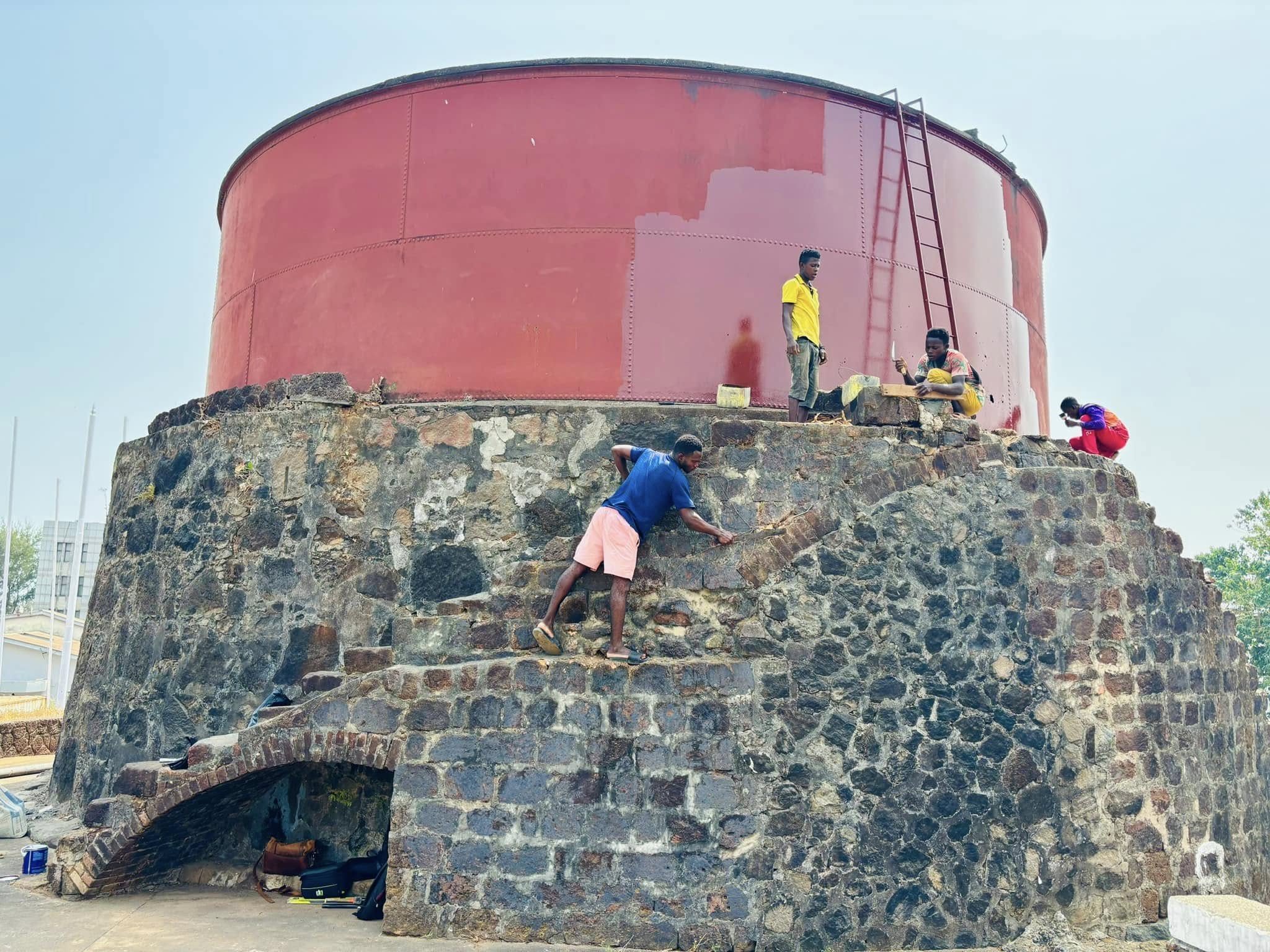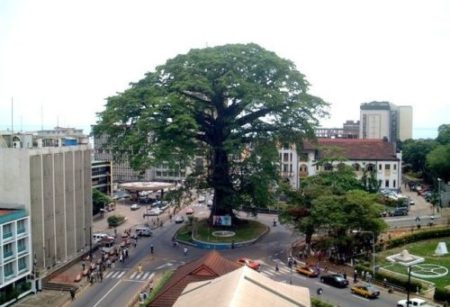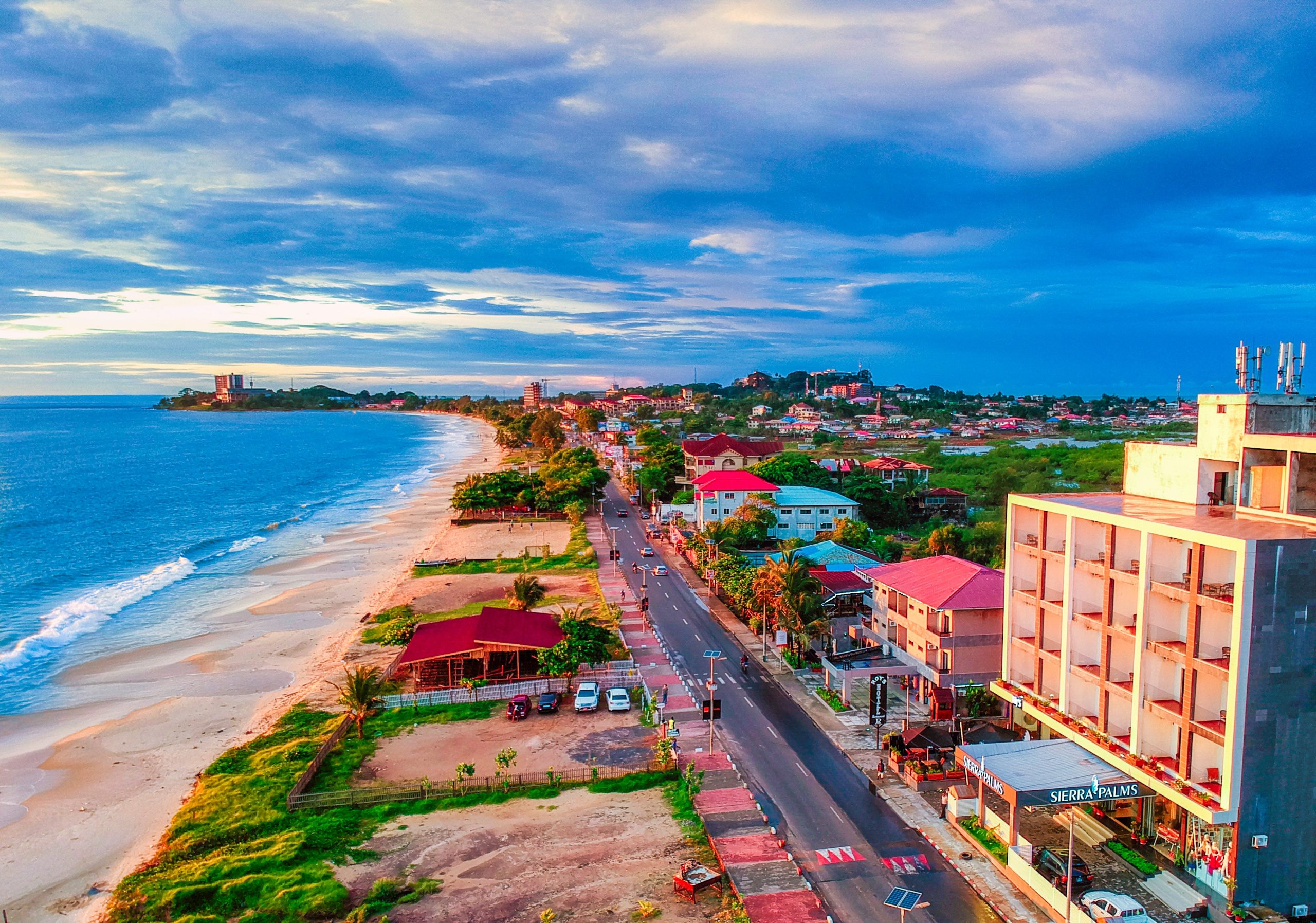Preserve the Past, Protect our Future...
Join us in safeguarding historic monuments for generations to come. Support our mission to ensure the legacy of our heritage for the present and future.
About us
The Monuments and Relics Commission is primarily responsible for preserverving, protecting and promoting Sierra Leone's monuments and relics. It researches and recommends other important sites and objects for proclamation as monuments and relics for the education and enjoyment of Sierra Leoneans. The new Monuments and Relics Commission, with the lawyer and historian Joseph Ben Kaifala as chairman, is working with the mantra that "a monument without a story is a mere object." In this regard, the Monuments and Relics Commission is currently placing a premium on the stories behind the places we proclaim as national monuments and relics.
Sierra Leone's public museums, which presently include the Sierra Leone National Museum and National Railway Museum, are also directly under the Monuments and Relics Commission. The Monuments and Relics Commission is leveraging these institutions to place value on our national identity by leveraging these institutions to restructure our historical, cultural, and traditional narratives.

Our Mission

Safeguard the History, Secure our Tomorrow for future generations, ensuring that the lessons of the past remain alive and vibrant.
Join us in protecting historic monuments for future generations. Support our mission to preserve the legacy of our heritage for the past today and tomorrow.

Men at work at the Martello tower
Freetown it self as a Monuments
Freetown, which is now the capital city of Sierra Leone, was established in 1787 as a settlement for liberated Africans referred to as "Black Poor" from England. The Nova Scotians, who were black loyalists who fought on the British side during the American Revolutionary War, arrived in 1792, and the Maroons, who were Jamaicans, arrived through Nova Scotia in 1800. Freetown was recognized as a Province of Freedom, a home for Africns liberated from the violence of enslavement. According to John Clarkson, by October 1792, "Freetown was no longer just an idea. It was a place - a place quite unlike any other in the Atlantic World; it was a community of free Black British African Americans."
The Freetown Cotton was older than Freetown, which was established in 1787 as a settlement for liberated Africans from England. The tree was so outstanding and visible on the Coast of Freetown that it became a landmark for incoming ships. Freetown expanded with the arrival of the Nova Scotians (1792) and Maroon (1800) and the city grew with the Cotton Tree serving as its oldest and monumental landmark. No one knows the exact age of the Freetown Cotton Tree, but generations have passed through its enduring presence. The Monuments and Relics Commission is now thinking about a befitting monument to replace the Cotton Tree, which fell in 2022 during heavy rains.


